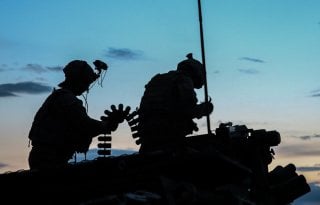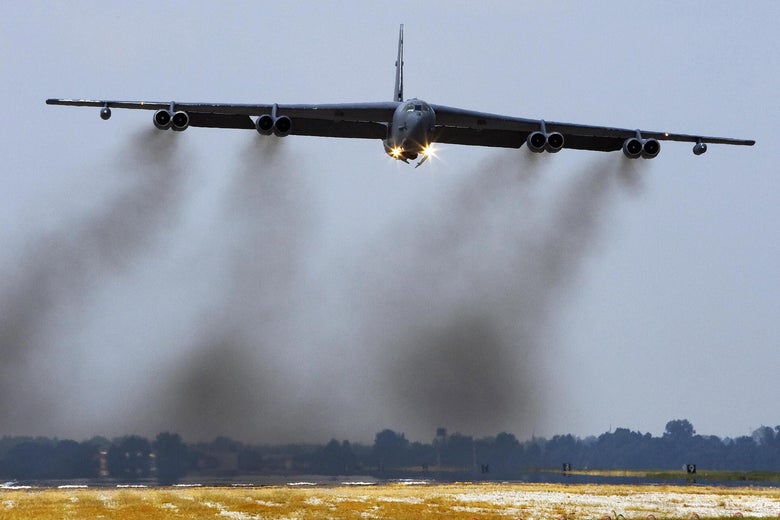by James L. Creighton
 On the surface, the recently announced withdrawal of American and coalition forces from Afghanistan this September looks appealing both from a political and public opinion perspective. Close to 3,000 American and coalition lives, and tens of thousands of Afghan lives have been lost in this twenty-year war. Over a trillion dollars have been spent combating the Taliban and trying to help the Government of Afghanistan build a stable society.
On the surface, the recently announced withdrawal of American and coalition forces from Afghanistan this September looks appealing both from a political and public opinion perspective. Close to 3,000 American and coalition lives, and tens of thousands of Afghan lives have been lost in this twenty-year war. Over a trillion dollars have been spent combating the Taliban and trying to help the Government of Afghanistan build a stable society.Critics argue it is difficult to justify continued support of an effort that has not achieved its intended goals, at the cost of lives and significant financial investment. Moreover, the Taliban continues to exert influence throughout the country, while the Afghan government struggles to establish a rule of law free from corruption. However politically expedient and seemingly justifiable, leaving Afghanistan to its own devices at a still critical juncture, may yield a far worse situation and pose a greater threat to Western security.
Afghanistan has a sad and troubled recent history, evidenced by a ten-year conflict (1979-1989) with the Soviet Union that saw over one million Afghans killed. Following Soviet withdrawal, a power vacuum resulted in a brutal civil war (1992-1996) that saw the emergence of the Pashtun “Taliban.” The Taliban began a reign of terror with their brand of sharia law, influenced by Wahhabi doctrines, which created an oppressive society that sacrificed social services, education, healthcare, and other state functions, punctuated by the administration of brutal punishments and public beatings to enforce standards. By the end of their rule in October 2001 over 1.5 million refugees had fled to Iran and two million to Pakistan. Tens of thousands of Afghan citizens had been either murdered or lived in extreme poverty, the economy lay in ruins and education levels were almost non-existent in many rural areas. The physical and emotional scars of the people who had suffered the Soviet invasion, a violent civil war, and a terrifying Taliban rule remain evident in every aspect of society.
The end of this frightful chapter came about through a timely multi-country intervention.












